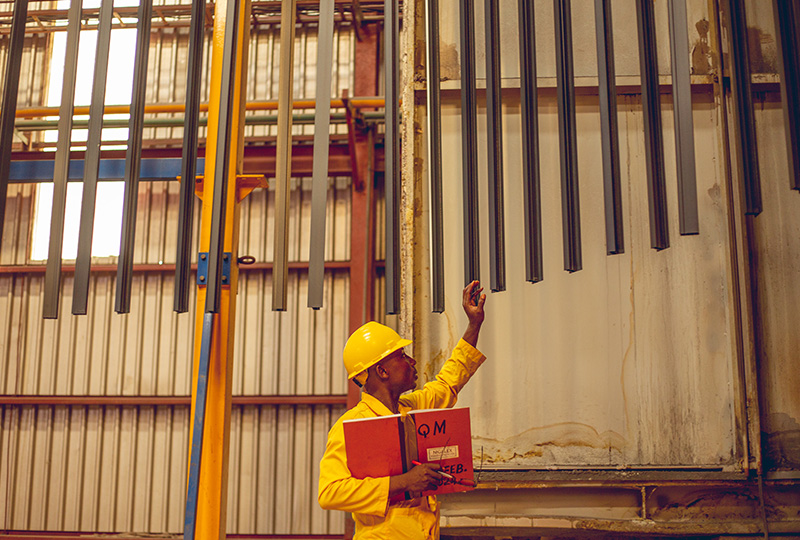Introduction
Selecting the right coating for your architectural products is crucial for both aesthetics and longevity. Two popular options are powder coating and wet painting. This guide explores the advantages and disadvantages of each method, empowering you to make an informed decision for your specific project needs.
Powder Coating: A Durable and Long-lasting Choice
What is Powder Coating?
Powder coating is a dry finishing process that creates a high-quality, hardened finish on metal products. It offers superior performance and aesthetics, making it a popular choice for architectural applications like window frames, cladding panels, and railings.
The Powder Coating Process
The powder coating process involves several stages:
* **Preparation:** The metal surface undergoes thorough cleaning, rinsing, and etching to ensure optimal adhesion.
* **Application:** Electrostatic spray deposition (ESD) applies dry powder particles to the product.
* **Curing:** The coated parts are cured in an oven, finalizing the finish.
Advantages of Powder Coating
-
- Superior Durability and Corrosion Resistance: Powder coating offers exceptional resistance to harsh environments, heavy use, and various elements. Unlike paint, it withstands scratches, chemicals, and rust, minimizing maintenance needs and extending product lifespan.
- Wide Range of Finishes: Powder coating boasts a diverse range of colors and textures, allowing for customization and enhanced visual appeal for architectural projects.
Disadvantages of Powder Coating
-
-
- Limited Material Suitability: Powder coating primarily works with conductive materials like steel, aluminum, and brass. Rubber and non-conductive substances are less compatible.
- Higher Initial Cost: The specialized equipment and materials required for powder coating can lead to a higher upfront cost compared to wet painting. However, its durability often translates to long-term cost savings through reduced maintenance needs.
- Difficulty in Touch-Ups: Unlike wet paint, powder coating requires a more complex process for touch-ups, often involving stripping and reapplication of the entire coating.
-
Wet Painting: A Traditional and Versatile Option
What is Wet Painting?
Wet painting is a traditional method that utilizes liquid paint for a smooth, even finish on metal products. It involves applying paint through spraying, pumping, or pressurized vessels. While offering excellent color consistency and options, wet painting has limitations compared to powder coating.
Advantages of Wet Painting
-
- Lower Upfront Cost: Wet painting typically requires less equipment and setup, leading to a lower initial investment compared to powder coating.
- Easier Touch-Ups and Repairs: Wet paint allows for convenient touch-ups and repairs due to its easy color matching and application process. This is ideal for maintaining the pristine appearance of architectural products.
- More Colour Options: Wet paint offers a vast array of vibrant colors to suit diverse architectural design needs.
Disadvantages of Wet Painting
- Reduced Durability Compared to Powder Coating: Wet painting exhibits lower durability than powder coating, especially in harsh environments. It can wear off over time, leaving the surface vulnerable to damage.
- Prone to Peeling and Chipping: Industrial wet paint is more susceptible to peeling and chipping, particularly in frequently used or abrasive outdoor environments. Frequent maintenance and touch-ups may be necessary.
Choosing Between Powder Coating and Wet Painting for Architectural Products
The optimal choice hinges on your project’s priorities.
- Prioritize Durability and Longevity: For high-rise buildings or projects requiring exceptional resistance to elements, powder coating provides a superior solution.
- Limited Budget: If cost is a primary concern, and the application is low-volume, wet painting might be a viable alternative.
Considerations for Specific Applications
- High-Rise Projects: In high-rise construction where quality and durability are paramount
Need Help Choosing the Right Architectural Coating?
Our team of experts can guide you through selecting the best coating solution for your specific project requirements. Get a free consultation today!
